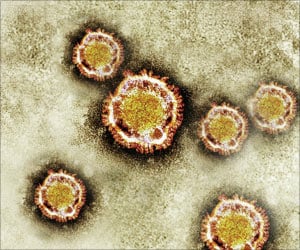Probiotic bacteria are gaining popularity worldwide due to its enormous health benefits.

That is how the TUM researchers came across low temperature vacuum drying (LTVD) a process that runs under mild conditions. The product remains in a liquid state, since in a vacuum the evaporation takes place at low temperatures: For instance, water boils at 8 degree celisus in an atmosphere of 10 mbar air pressure. Compared to freeze-drying, this method requires 40% less energy. Dr. Petra F'rst's team at the Chair of Food Process Engineering and Dairy Technology conducted experiments on this process using three probiotic bacterial strains. The TUM researchers first determined the optimal LTVD conditions and then, in a second step, compared the results with conventional freeze-drying.
The results were unexpected: Low Temperature Vacuum Drying resulted partially in a higher survival rate than conventional drying. For instance, the yoghurt strain Lactobacillus bulgaricus, which barely survives freeze-drying, showed a ten times higher yield following LTVD. The new process will allow health-fostering probiotic "candidates" that are too fragile for conventional manufacturing processes to be used in the food industry. Conversely, it turned out that probiotics that handle freeze-drying very well, performed poorly in low temperature vacuum drying. To cut a long story short: The optimal drying process depends on the respective bacterial strain.
Dr. J'rgen Behr and his research team at the TUM Chair of Technical Microbiology focused on the molecular background of this phenomenon. They looked into possible differences between bacterial strains that might explain the disparate behaviour during drying. The secret could be traced back to the bacterial cell membranes, which protect the bacteria from environmental influences. The researchers demonstrated that in probiotics this adaptable "shield" has a different fatty acid composition for every bacterial strain. The researchers can now even control this composition by adjusting the cultivation conditions before the drying process. In an experiment they successfully increased the survival rate of a bacterial strain by about 50% - merely by optimizing growth conditions.
The low temperature vacuum drying process is not only the most energy efficient one; it also has a positive influence on storage stability. Compared to probiotics from conventional freeze-drying, probiotics in powder form produced using LTVD keep significantly longer in mueslis or infant formula once the packaging is opened. Thus, more active bacteria remain in the product until it is consumed, even when stored under unfavourable conditions.
Source-Eurekalert








